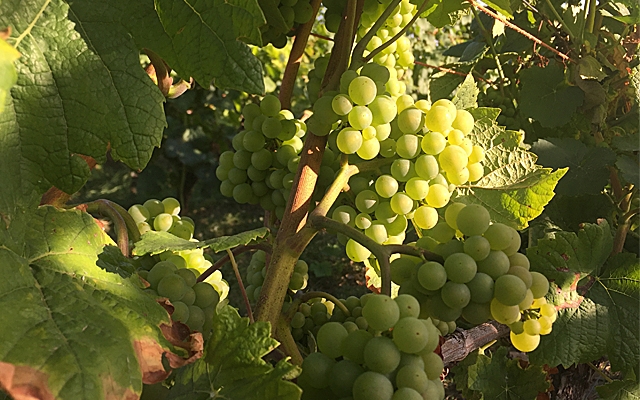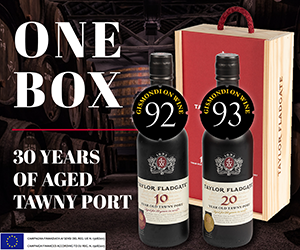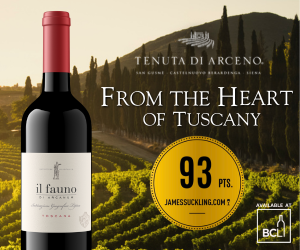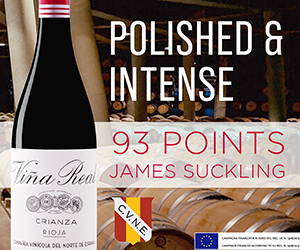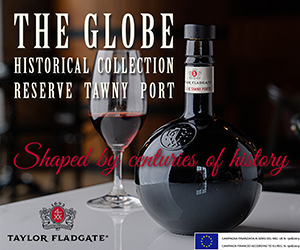Germans have a lot of Sekt.
Sekt, of course, is the German term for sparkling wine, and last year (2015) Germans drank more than 305 million litres of it. But their taste for fizz is not just limited to their own production: Germany is the world's largest consumer market for sparkling wine. Of the roughly two billion bottles of sparkling wine annually produced worldwide, approximately one quarter of them are consumed in Germany, with only 80% of this demand satisfied by domestic products. That’s nearly 5 bottles of bubbles for every German adult, and child.
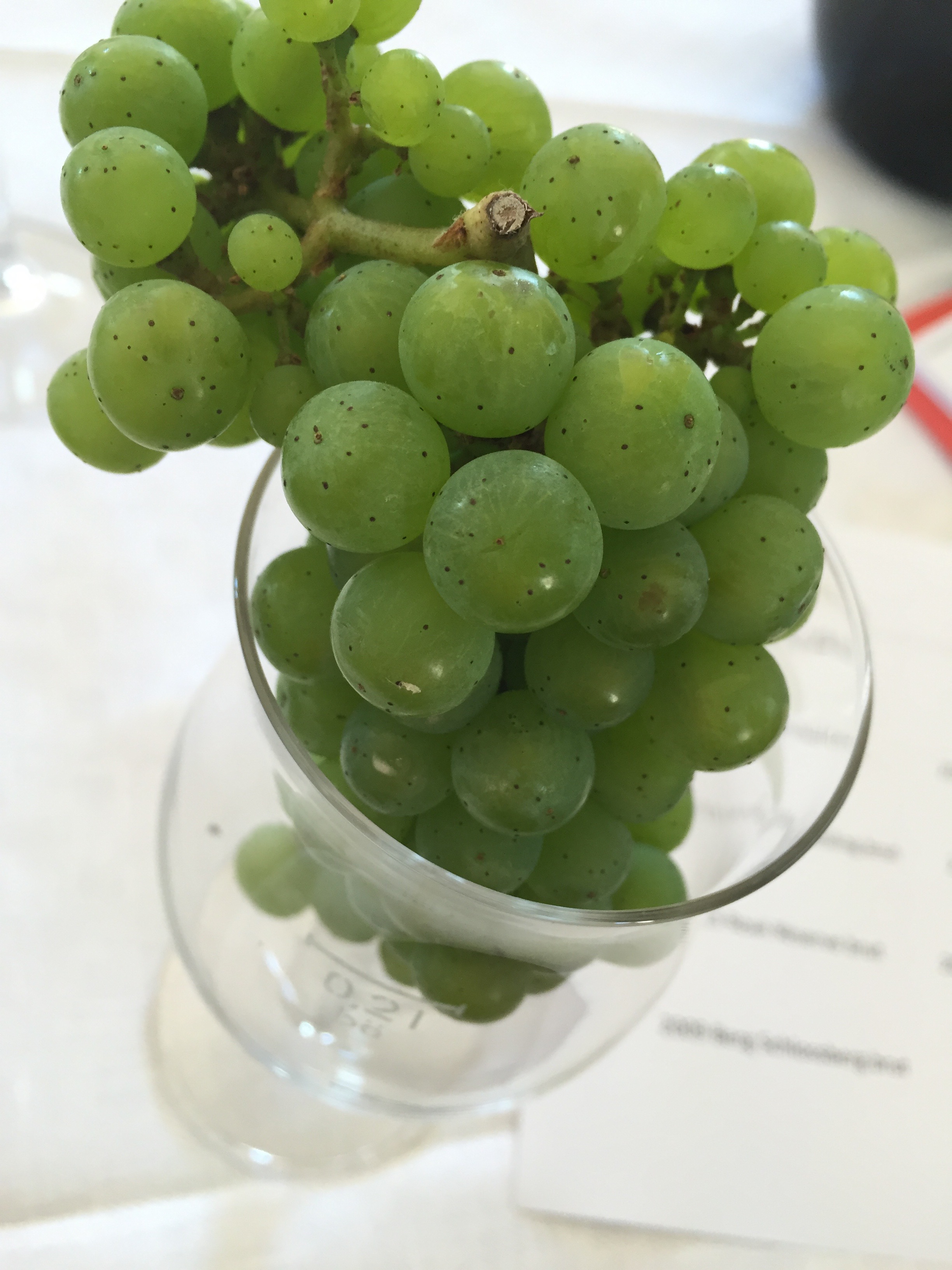 It may surprise you to hear that only 10% of Sekt is made from exclusively German grapes, with 90% of production made at least partially with grapes or wine imported from elsewhere, generally Italy, Spain and France. The large Sekt-producing companies (Sektkellereien) purchase bulk grapes or base wine on a large scale for producing their sparkling wines. If you want something authentically German, then you need to look for Deutscher Sekt on the label, which indicates it’s made from German-sourced grapes only, and Deutscher Sekt b.A (bestimmter Anbaugebiete, akin to Qualitätswein b.A.) means it is only from grapes from one of Germany’s 13 quality wine regions. Producers can append a geographical unit (such as village, or vineyard) if at least 85% of the wine originates from that site. The same 85% rule holds true for vintage or grape variety as well, fairly standard practice worldwide (although not for vintage Champagne, which must be 100% of the stated vintage).
It may surprise you to hear that only 10% of Sekt is made from exclusively German grapes, with 90% of production made at least partially with grapes or wine imported from elsewhere, generally Italy, Spain and France. The large Sekt-producing companies (Sektkellereien) purchase bulk grapes or base wine on a large scale for producing their sparkling wines. If you want something authentically German, then you need to look for Deutscher Sekt on the label, which indicates it’s made from German-sourced grapes only, and Deutscher Sekt b.A (bestimmter Anbaugebiete, akin to Qualitätswein b.A.) means it is only from grapes from one of Germany’s 13 quality wine regions. Producers can append a geographical unit (such as village, or vineyard) if at least 85% of the wine originates from that site. The same 85% rule holds true for vintage or grape variety as well, fairly standard practice worldwide (although not for vintage Champagne, which must be 100% of the stated vintage).
Within this sea of Sekt, quality, method and intent varies widely. Almost 95% of all Sekt is Charmat method, with more than half of that driven by low-end, price-driven sparkling wines, under 4 euros. Traditional method Sekt is a fraction of the market, hovering around 2-3% of total production. Only 100,000 hectolitres out of the 2.9 million hectolitres of Sekt produced annually is Traditionnelle Flaschengärung (traditional method). If these traditionnelle flaschengärung wines were produced from the growers’ own grapes, they can be referred to as Winzersekt, parallel to grower Champagne. Producers can also adopt the EU-regulated term Crémant, which refers to traditional method Sekt aged for a minimum of 12 months on the lees (a jump up from 9 months for other traditionnelle flaschengärung). The Crémant term appears to be most widely used in the Pfalz, though it’s allowed everywhere. If only Flaschengärung is indicated on the label (without Traditionnelle appended), it indicates a Sekt that underwent its second fermentation in the bottle, though disgorgement was in tank under pressure via the transfer method. You may also see Handgerüttelt, meaning that remuage was done by hand. There is also a growing market for Perlwein, a semi-sparkling wine with 1 - 2.5 atmospheres, usually carbonated before bottling. If the grapes are from one of the specified regions, it will be labeled Qualitätsperlwein b.A.
So traditionnelle flaschengärung fizz is a drop in the ocean of sekt and most consumers outside of Germany have never seen, nor heard of these quality sparkling wines. However, the small cadre of producers who are devoted to making these premium wines are convinced of their future, and numerous recent developments are prompting folks who had written off Sekt, to revisit.
A History: The Sekt Talk
In the third edition of Christie's World Encyclopedia of Champagne and Sparkling Wine (revised 2013), author and Champagne expert Essi Avellan MW writes: "Sekt is a very low-grade product of no individual character, and thus of no interest to discerning drinkers on the international market. How so much Sekt can be consumed by the Germans themselves is a real mystery."
With an image like that, production so tiny, and global competition so high, it’s a daunting road for Winzersekt producers, but it’s not one that hasn’t been trodden, to great success, before. Though there are documents referencing German wine refermenting in the bottle dating back to the 18th century, the first recorded date of Sekt dates back to 1826, when Georg Christian Kessler, a previous employee of Veuve Clicquot, founded G. C. Kessler & Co. At that time there were a strong merchant ties between Champagne and Germany, with numerous enterprising Germans working in Champagne sales and accounting abroad. Many Germans established Champagne houses still in existence today, such as Bollinger, Deutz, Heidsieck (Charles and Piper), Krug, Lanson, Mumm, Roederer, Taittinger and others. The Napoleonic Wars (1803–1815) prompted many Germans working in France to return home, and after Kessler’s strong start with sparkling wine in Germany, more entrepreneurs followed. Between 1830 and 1850 numerous sektkellereien were founded across Germany, Deinhard and Henkell among them, and by 1911 there were 12 million bottles of Sekt produced (compared to 28 million bottles of Champagne at that time). In 1902, Kaiser Wilhellm II introduced a Sekt tax to help fund his war fleet. The Sekt tax still exists today, amounting to 1.02 euros/bottle.
Sekt remained on the up until WWII, when there was little reason to celebrate and few resources available to devote to high quality luxury products like sparkling wine. In the 1950s-60s, sektkellereien were faced with meeting production demands and budgets, and the transfer method started making an appearance. It was in this period when the category of Sekt was introduced, an alternative to Deutscher Sekt, and another contributing factor to the declining attention and care for the local industry (and Sekt vineyards). Competition and pricing became fierce in the race for consumer dollars (a.k.a. the race to the bottom), and the production of Sekt, and taxation of it, was firmly regulated by the State. However, it was also during this time, in 1976, that a legal decree abolished the large producers’ monopoly on Sekt production, allowing cooperatives and individual winegrowers to produce and sell their own sparkling wines. This was the birth of Winzersekt, and the return to small-scale, quality, grower fizz.
Sekt Styles
It’s only natural that noble Riesling, Germany’s hallmark grape, plays a dominant role in traditionnelle flaschengärung. With its racy freshness, lightness of being, and terroir-transmitting powers, the grape is well suited for the task. However, unlike traditional method Chardonnay and Pinot Noir-based wines, Rieslingsekt presents its own challenges, and rewards. With regards to malolactic fermentation, autolysis and dosage, Riesling differs greatly from its Burgundian counterparts. The high terpene (flavour compound) levels react differently to extended autolysis, showing the bready/toasty aromas and flavours far less. Picking times, always a contentious subject, are at the fore of Rieslingsekt. If the grapes are unripe, there’s a tendency towards exaggerated green, grassy aromas after autolysis, while if the grapes are harvested with too much potential alcohol (somewhere over the 10.5% mark) the wines have a tendency to develop a concentrated, burnished petrol note from the autolysis. Of course, botrytis would have a dramatic impact on the final wine, with the concentrating effect of carbon dioxide on both sweet and earthy flavours. Riesling’s aromatics and mineral notes can also be quashed by malolactic fermentation, though it’s a highly useful tool for mitigating the sometimes severe pH in the base wines. Most producers are blending numerous base wines, some with MLF, some different press fractions, to find a harmonious final cuvee. Dosage is another key stylistic decision; some producers are also using a dosage of dry Riesling and sugar, while others choose to add a Spätlese or Auslese, or even an Eiswein. Quality Rieslingsekt bring the grape’s delicate and elegant perfumed floral and citrus notes to the fore, always built around that piercing core of acidity. These are not necessarily flavours that marry seamlessly with earthy, savoury or toasty lees, and in some cases, clash noisily.
Other grapes are also utilized for traditionnelle flaschengärung sparkling wines, with Chardonnay and Spätburgunder (Pinot Noir) making inroads, and allowing producers more room to work with autolytic styles and barrel. Silvaner, Elbling, Kerner and Auxerrois are also employed, in blends or as single varietals, as are the other members of the Pinot family: Weissburgunder (Pinot Blanc), Grauburgunder (Pinot Gris) and Schwarzriesling (Pinot Meunier). Rosé sparkling wines are also on the rise, with Spätburgunder and Schwarzriesling preferred for their lattice-like framework.
Sweetness follows the EU guidelines, ranging from Naturherb (Brut Nature) 0-3 g/l, and Extra Herb (Extra Brut) 0-6 g/l, up through Mild (Doux) at more than 50 g/l. As elsewhere, Zéro Dosage is also employed, often in conjunction with Brut or Extra Brut styles, indicating no dosage was added after disgorgement.
Winzersekt producers are passionate and collaborative, the wines, while low in quantity are high in quality, and the sparkling wine market is stronger than ever. The wines, especially the Rieslingsekt, are inherently German, and speak of place. With plans underway for the VDP to create a category for Sekt, formalizing things like yields, lees aging, press fractions, grapes and dosage, it feels like traditionnelle flaschengärung fizz is on the verge of critical success.
While there are a number of Sekt on our local BC shelves, the vast majority is not traditional method, and most of is here is produced by Henkell. There is currently one traditionnelle flaschengärung fizz listed at the BCLS, the Selbach Oster 2011 Riesling Brut from the Mosel.
EXPLORING SEKT
Follow the links below to watch the Sekt Tape, producer profiles and notes from extensive Sekt tastings around Germany.
-
Sekt part 2: Jamie and Treve's Sekt Tape: a film exploring Sekt
-
Sekt part 3: Reichsrat von Buhl
-
Sekt part 4: Raumland
-
Sekt part 5: Strauch
-
Sekt part 6: Sekthaus Solter
-
Sekt part 7: Schloss Vaux
-
Sekt part 8: The Sekt tasting
This in-depth look at Sekt is a collaborative effort. Wine Anorak, Dr. Jamie Goode, and I have crossed paths around the globe with a joint goal to visit wine regions and tell their stories in a fresh way, making full use of social media, words, pictures and video. While both of us could have done a pretty good job of this alone, working as a team has its advantages. When two serious (geeky) journalists visit a producer, the dynamic of the interaction is changed. Each journalist asks different questions and this makes the interviews richer and more productive. Doing video is a lot easier when there are two of you. And when it comes to producing content, then two perspectives can often help produce a more complete story. I also like the idea of having two sets of tasting notes to compare; in some ways, this is fairer to the wines.
The Sekt Tape and its associated write-ups are the first in a series of these collaborations. We have pieces from Douro and Bordeaux to follow, and we have a series of adventures lined up for 2017. Some of the videos are short, just a few minutes long, while others like Sekt are more involved. All of our projects are meant to be accessible, unpretentious and authentic – much like the producers and wines we want to share.

 quicksearch
quicksearch

